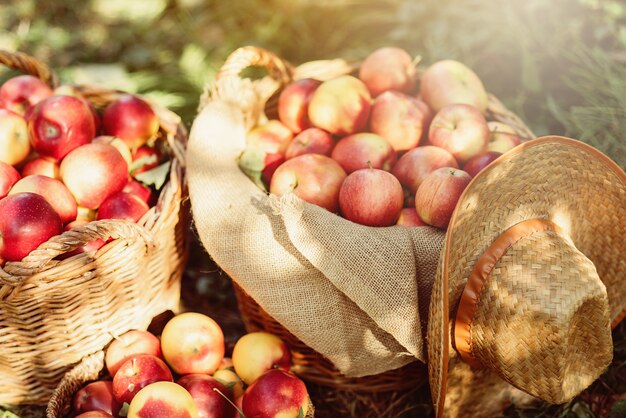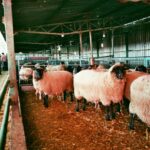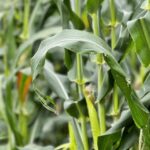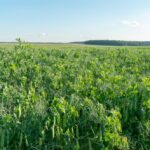Efficient post-harvest processing and storage of fruits and vegetables play a crucial role in reducing waste, maintaining quality, and extending shelf life. Proper equipment ensures that harvested produce retains its freshness, nutritional value, and market appeal while minimizing losses due to spoilage or improper handling. Here are some of the best equipment options farmers and agribusinesses can utilize for post-harvest processing and storage.
1. Sorting and Grading Equipment
Sorting and grading machines are essential for ensuring uniformity in size, color, and quality. Automated sorting systems use sensors or cameras to identify and separate fruits and vegetables based on their characteristics. These machines not only save time but also reduce labor costs and improve the overall quality of the packaged produce. Grading equipment ensures that produce meets market standards, enhancing its value and appeal.
2. Washing and Cleaning Machines
Freshly harvested fruits and vegetables often have dirt, debris, or pesticide residues. Washing and cleaning equipment, such as conveyor washers or spray washers, ensure thorough cleaning while maintaining the integrity of the produce. These machines are equipped with gentle brushes and water jets to prevent damage, making them ideal for delicate produce like berries and leafy greens.
3. Drying Equipment
After washing, it is essential to remove excess moisture to prevent microbial growth and spoilage. Drying equipment, such as air blowers or drying tunnels, effectively removes water from the surface of fruits and vegetables. For certain products like herbs, a more advanced dehydrator may be used to reduce moisture content for long-term preservation.
4. Packaging Equipment
Packaging protects produce from physical damage, contamination, and moisture loss. Vacuum sealers, shrink-wrap machines, and automated packaging lines are commonly used in post-harvest operations. Modified Atmosphere Packaging (MAP) equipment is particularly beneficial for extending shelf life by altering the levels of oxygen, carbon dioxide, and nitrogen within the packaging.
5. Cooling and Refrigeration Units
Proper temperature management is critical for maintaining the freshness of fruits and vegetables. Cooling equipment, such as hydro-coolers, vacuum coolers, or forced-air coolers, rapidly reduces the temperature of harvested produce to slow down respiration and decay. Refrigeration units or cold storage facilities then maintain optimal storage conditions, ensuring long-term preservation.
6. Controlled Atmosphere Storage Systems
For high-value or perishable produce, controlled atmosphere (CA) storage systems provide an advanced solution. These systems regulate temperature, humidity, and gas composition to slow down ripening and decay. CA storage is commonly used for fruits like apples, pears, and berries, significantly extending their shelf life while preserving quality.
7. Processing Equipment
For farmers or businesses involved in value addition, processing equipment like peelers, slicers, juicers, and blenders can transform raw produce into marketable products such as juices, dried fruits, or pre-cut vegetables. These machines add versatility to post-harvest operations and open new revenue streams.
8. Storage Bins and Crates
Durable storage bins and crates are essential for organizing and transporting harvested produce. Ventilated bins allow proper airflow, reducing the risk of mold or spoilage. Stackable designs maximize storage space while ensuring safe handling during transportation or storage.
9. Monitoring and Automation Tools
Modern post-harvest systems benefit greatly from automation and monitoring technologies. Sensors that track temperature, humidity, and gas levels within storage facilities provide real-time data, allowing for timely adjustments. Smart automation systems can integrate these sensors with refrigeration or ventilation controls to maintain optimal conditions automatically.
10. Ethylene Control Systems
Ethylene, a natural ripening hormone, can cause premature spoilage if not managed effectively. Ethylene scrubbers or absorbers remove excess ethylene from storage environments, making them essential for storing ethylene-sensitive produce like lettuce or cucumbers alongside ethylene-producing fruits like bananas and apples.
Investing in the right equipment for post-harvest processing and storage is a crucial step toward enhancing productivity, reducing losses, and improving profitability in the agricultural sector. By utilizing advanced technologies and tools, farmers and agribusinesses can ensure that fruits and vegetables reach consumers in the best possible condition, contributing to food security and sustainability.
Join 'Farmers Mag' WhatsApp Channel
Get the latest Farming news and tips delivered straight to your WhatsApp
CLICK HERE TO JOIN






